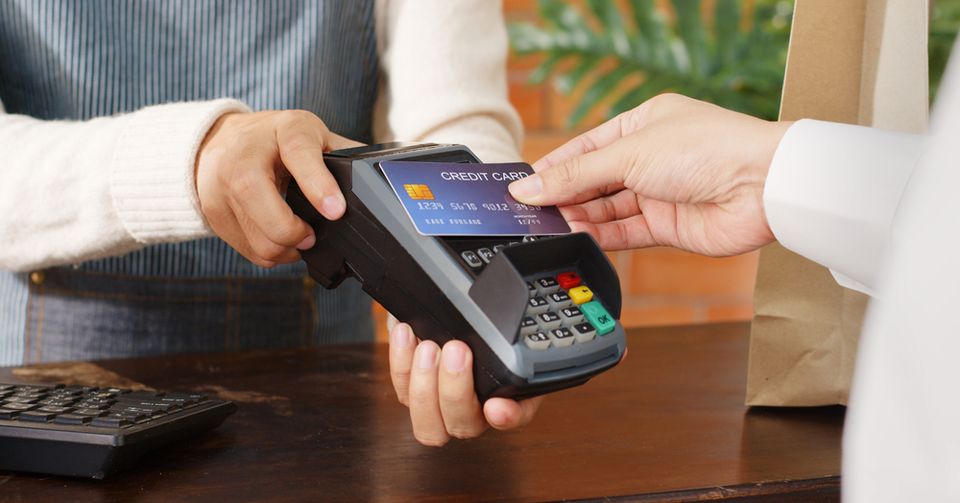
Credit cards have been a mainstay in consumer finance for decades, simplifying the process of buying and selling and offering a level of convenience that cash and checks simply can’t match. However, the technology behind credit cards has been anything but static. From the early days of manual imprinters to the advanced contactless systems of today, credit card technology has undergone a remarkable evolution. This article will take you on a journey through the history and future of credit card technology, exploring how each innovation has brought us closer to the seamless transactions we enjoy today.
The Humble Beginnings: Magnetic Stripes and the Swipe
Credit cards as we know them today began to take shape in the 1960s with the introduction of the magnetic stripe. IBM engineer Forrest Parry is often credited with inventing the magnetic stripe card, which encoded cardholder information on a magnetic tape laminated to the card. This innovation allowed for the electronic authorization of transactions and revolutionized the way businesses processed payments.
The swipe became the standard action for credit card transactions, with card readers installed in merchants’ point-of-sale (POS) systems. These readers would capture the card’s information and communicate with the bank to approve or decline the transaction. While this system greatly increased transaction speed and security compared to manual imprinters, it still had its drawbacks. Magnetic stripes could wear out, become demagnetized, or be easily cloned, leading to security concerns.
The Rise of the Chip: EMV Technology and Enhanced Security
To combat the security issues posed by magnetic stripes, the next major development in credit card technology was the shift to EMV (Europay, Mastercard, and Visa) chip cards. EMV technology utilizes a small microchip embedded in the credit card to store information. When inserted into a chip-enabled reader, the chip creates a unique transaction code that cannot be used again, making it much more difficult for fraudsters to copy or counterfeit cards.
The transition to chip cards began in Europe in the 1990s and gradually spread worldwide. In the United States, the adoption of EMV technology was significantly accelerated following several high-profile data breaches. Chip cards are now the standard in most parts of the world, providing an additional layer of security for in-person transactions.
Contactless Payments: The Convenience of Tap-and-Go
While EMV chips improved security, the next leap in credit card technology aimed to enhance convenience: contactless payments. These systems use near-field communication (NFC) or radio-frequency identification (RFID) technology to allow cardholders to make payments by simply tapping their card against a reader, without the need to insert or swipe.
Contactless payments are not only faster but also maintain a high level of security. Each tap generates a unique, encrypted code, much like the EMV chip transaction, safeguarding the user’s sensitive information. Initially slow to catch on in some markets, the use of contactless payments has surged in recent years, partly due to the desire for touch-free transactions during the COVID-19 pandemic.
The Digital Wallet: Smartphones Join the Fray
The advent of the smartphone has given rise to an entirely new payment method: the digital wallet. Services like Apple Pay, Google Wallet, and Samsung Pay allow users to store their credit card information securely on their phones and make payments with a simple tap. These digital wallets use the same NFC technology as contactless cards but add layers of security, such as biometric authentication and tokenization.
Digital wallets have the added advantage of consolidating multiple cards and passes into one device, making it easier for consumers to manage their payment options and rewards programs. The convenience and security of digital wallets have led to their growing popularity, particularly among tech-savvy consumers who appreciate having less to carry.
The Future of Credit Card Technology: Biometrics and Beyond
As we look to the future, credit card technology continues to evolve, with biometrics poised to play a significant role. Biometric authentication methods, such as fingerprint and facial recognition, are already in use on smartphones and are beginning to make their way into the credit card industry. Cards equipped with fingerprint sensors are being tested, offering a new level of security by requiring the cardholder’s biometric data to authorize a transaction.
In addition to biometrics, other advancements are on the horizon, such as dynamic CVV codes that change periodically to prevent fraud, and even the possibility of blockchain technology being integrated into credit card transactions for enhanced security and transparency. The ongoing push toward a cashless society and the demand for faster, more secure payment methods ensure that the evolution of credit card technology is far from over.
From the magnetic stripe to tap-and-go, credit card technology has made significant strides over the years. Each iteration has brought us closer to a world where transactions are not only secure but also nearly effortless. As we embrace these changes, it’s exciting to ponder what the future holds for credit card technology. One thing is certain: innovation will continue to drive the industry forward, making our buying experiences safer and more convenient with every swipe, dip, and tap.